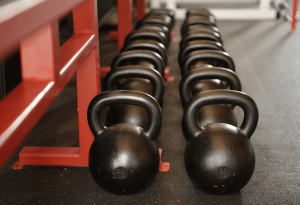Blood Flow Restriction – Does it make any difference?
The strength and hypertrophy effect of blood flow restriction (BFR) with exercise, more popularly known as kaatsu training, has recently been reviewed. Applying pressure proximal to the area being trained has proven beneficial for strength and hypertrophy gains when exercising at 20-30% of 1RM. Resistance exercise (RE) at 20-30% 1RM under normal circumstances may not necessarily elicit an increase in muscular gains. However, when comparing exercise with or without BFR, there is a significant increase in strength and hypertrophy with the latter. Therefore, BFR may have practical implications in the context of rehabilitation, elderly persons or with those whom high intensity RE is contraindicated; with BFR RE, one would effectively optimize strength gains at low intensities.
Mechanism
One of the main mechanisms by which BFR works is through enhanced metabolic stress, defined as the accumulation of metabolites during exercise. Metabolic stress may be exacerbated under the ischemic/hypoxic conditions of BFR. The accumulation of metabolites during exercise has been shown to mediate hypertrophy through several mechanisms including elevated hormone production, cell swelling, and increased ROS.
Safety
The relative safety of low load BFR exercise (30% 1RM) versus high-load resistance exercise (80% 1RM) has been evaluated in a 2011 study. Markers of coagulation, fibrinolysis, and inflammation were assessed. No changes in these parameters were observed within protocols, and both protocols elicited increases in strength without affecting nerve or vascular function. One caveat to training with BFR is that exercising at high intensities has not been rigorously tested for efficacy or safety and loads should be kept to within the proper context and at low intensities, 20-30%1RM.
Sources:
Clark B. C. Relative safety of 4 weeks of blood flow-restricted resistance exercise in young, healthy adults. Scand J Med Sci Sports. 2011:21(5):653-62.
Pearson & Hussain. A review on the mechanisms of blood-flow restriction resistance
Provided by @stevieinonstagram with a Bachelor’s of Food Science and Nutrition and a Master’s of Biochemistry.









